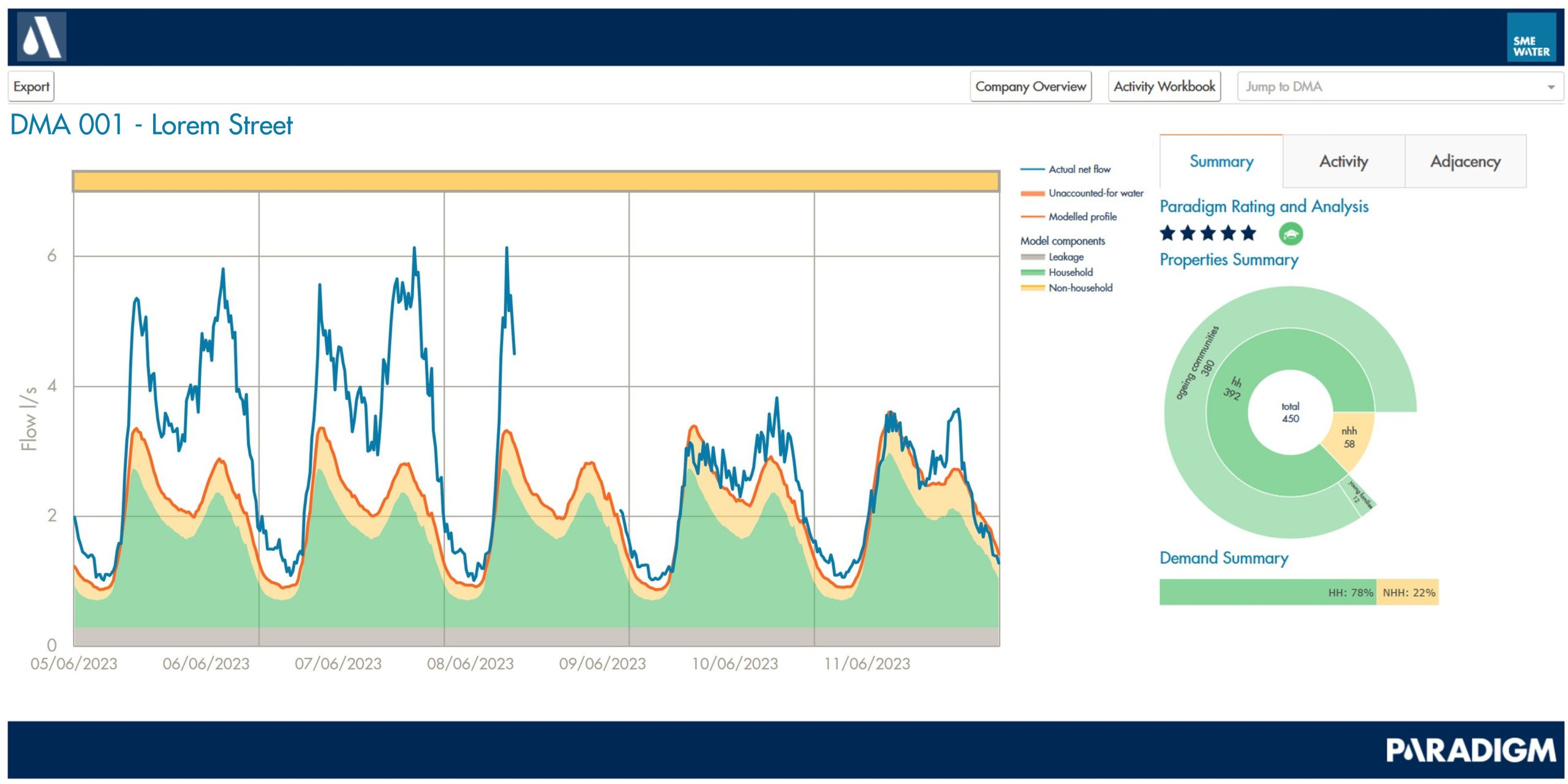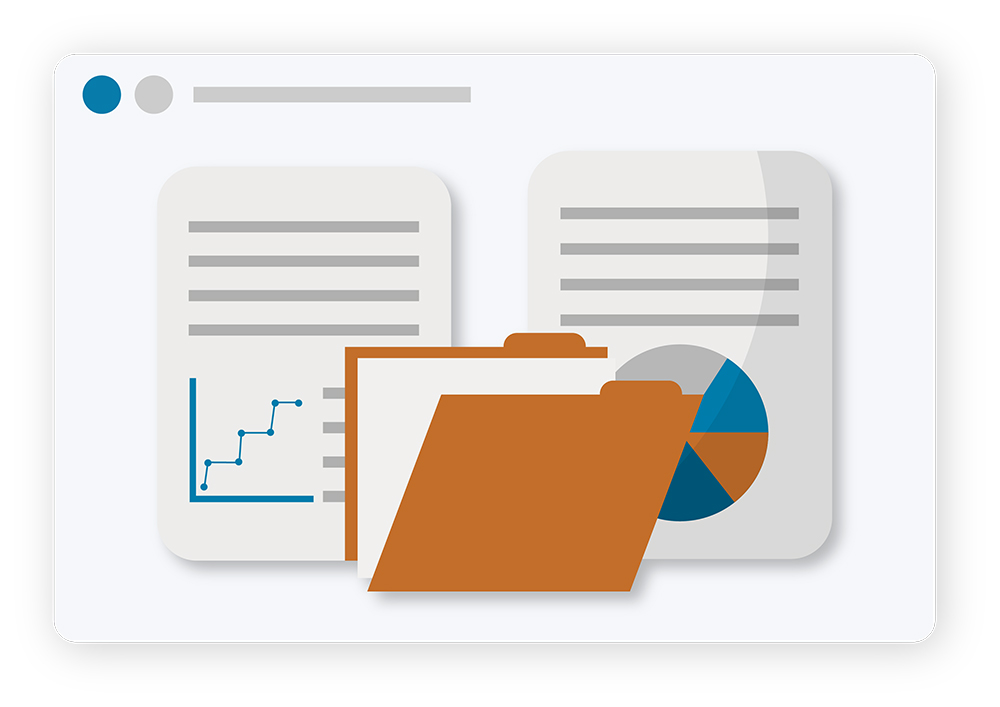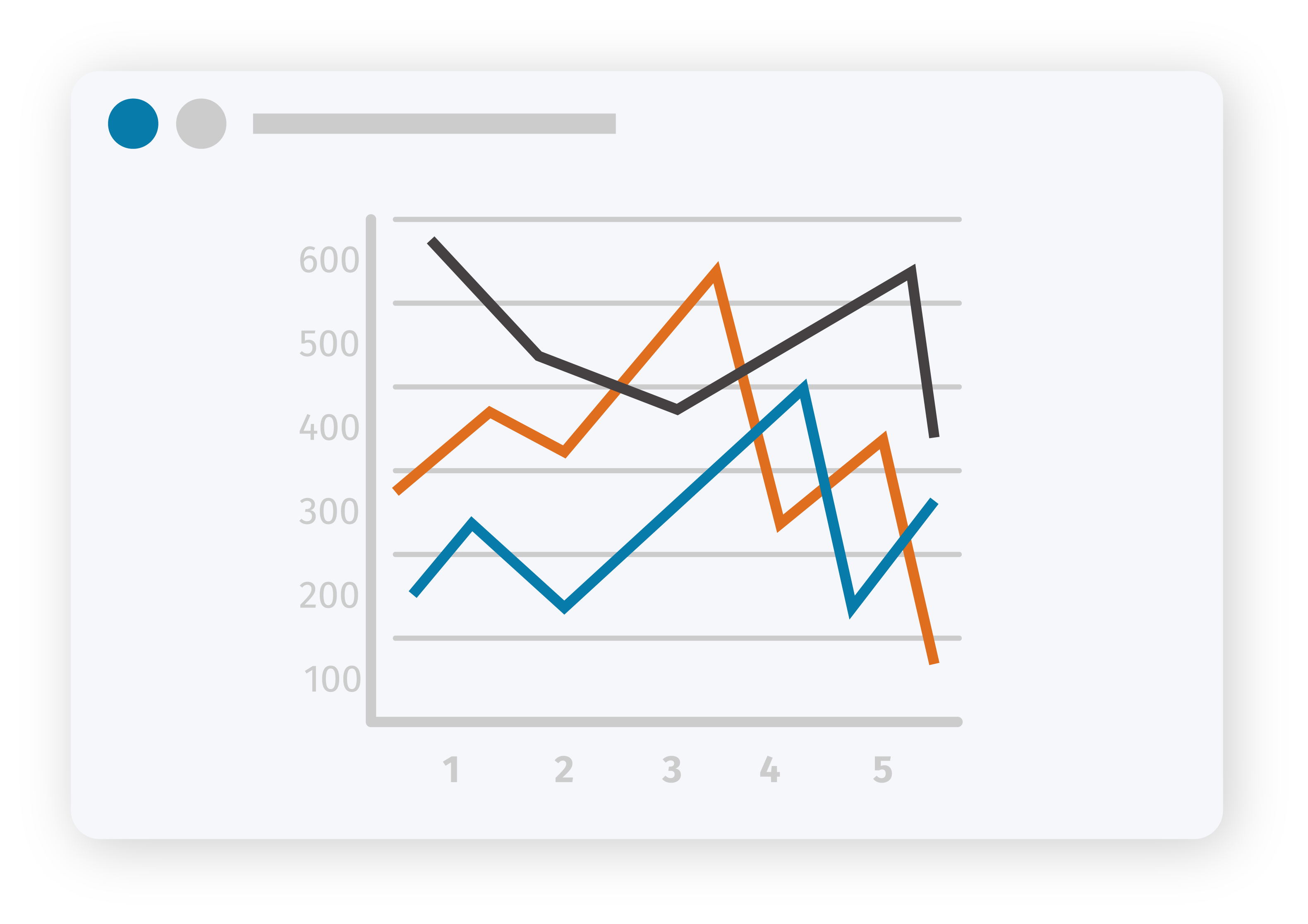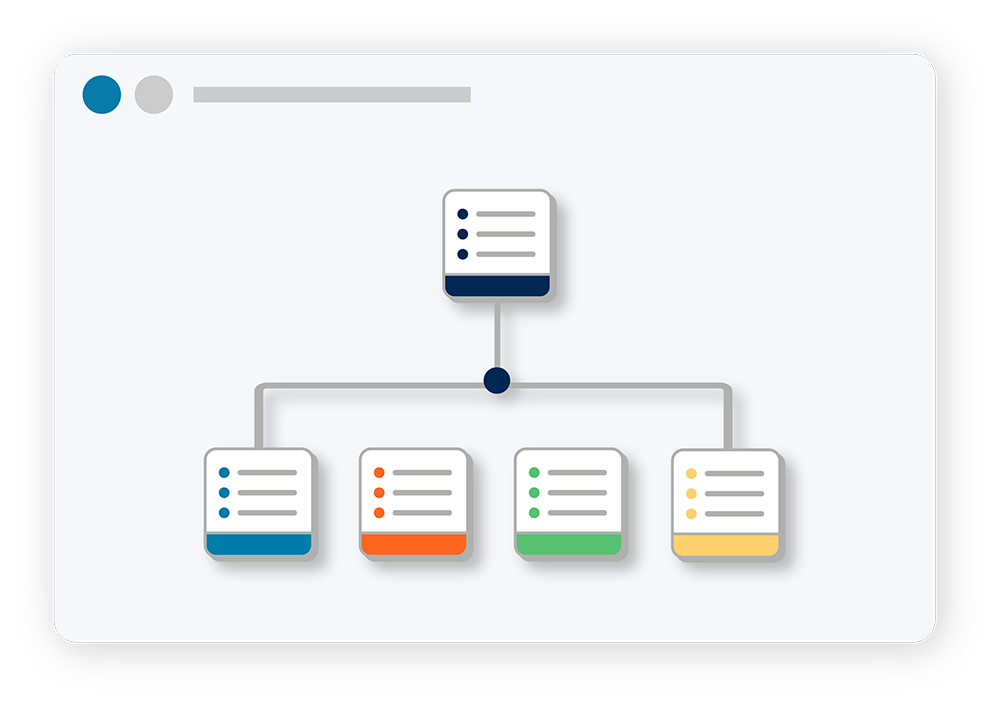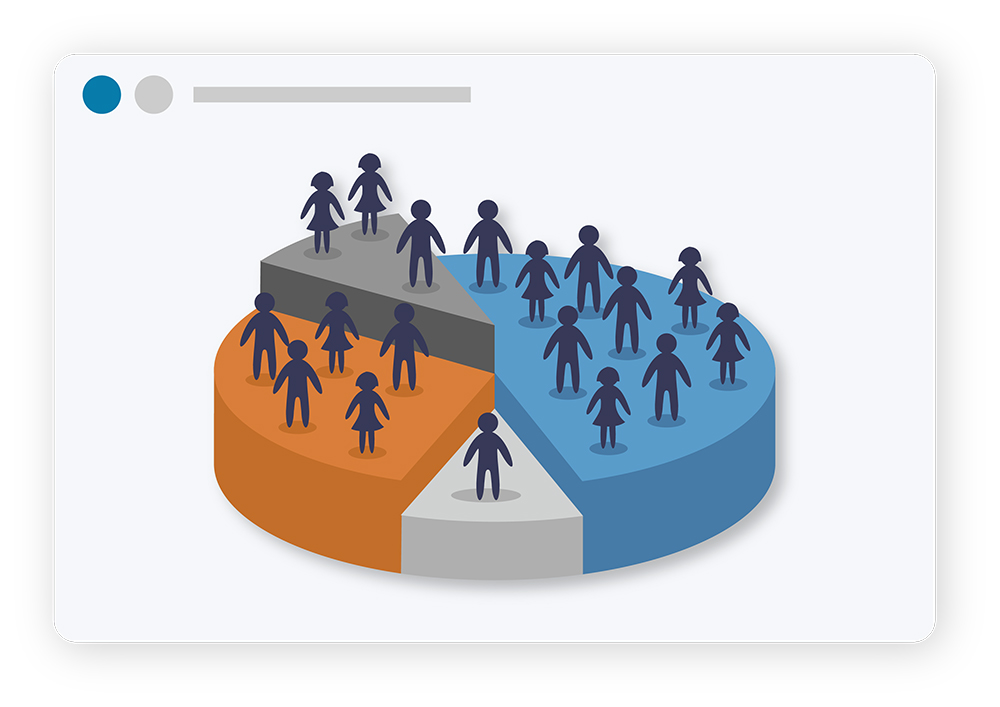Paradigm gives you a smarter way to manage your areas, categorising DMAs to fully understand what solution is required and the benefit that can be realised. By building a model of expected customer demand behaviour at DMA level, Paradigm allows analysts to confirm whether the net flow is representative of how each area should perform. This fundamental understanding of whether there is truly a leakage problem in an area ensures analysts can proceed with greater confidence.
Too often, traditional minimum night flow and minimum achieved analysis can send teams searching for leakage in areas where there are wider data and network integrity problems at play. By properly categorising opportunities at the outset, you can ensure that valuable leakage teams are sent where they can deliver the greatest impact.
Instead of relying on minimum night flow or historic norms, Paradigm models expected demand for each DMA, providing a full 24-hour profile of expected demand. The difference between this profile and actual flow data highlights where intervention would be most valuable, allowing these DMAs to be prioritised and ensuring the right teams are directed to the right areas. By using a combination of customer data, ONS census data and other external data sources, including regional school term times, Paradigm generates tailored models for every DMA and places them into a recommended workstream each week.
Developed as part of a club project with English water companies, Paradigm provides a modern, data-driven perspective in the hunt for leakage; helping analysts prioritise their work and actively highlighting the confidence they can have in their models through the Paradigm Rating system.


